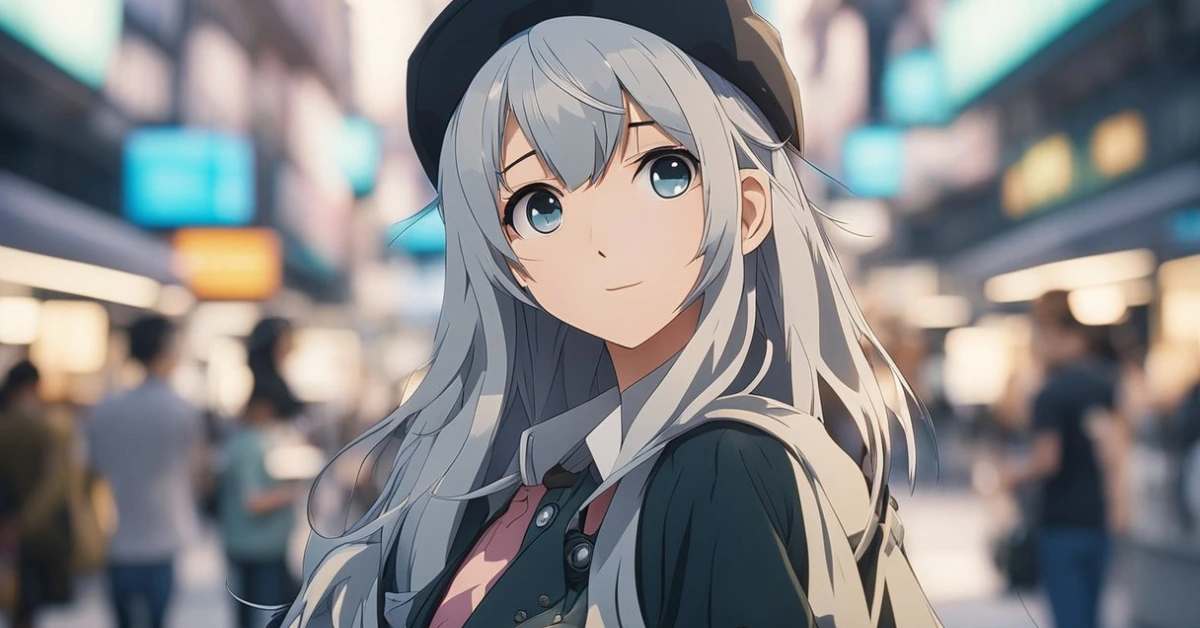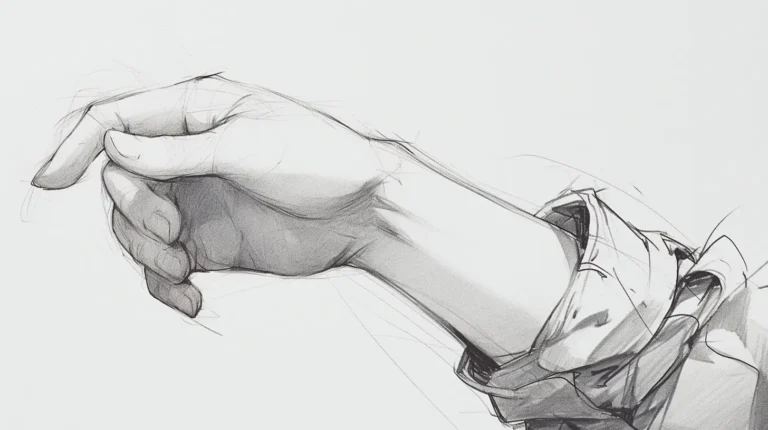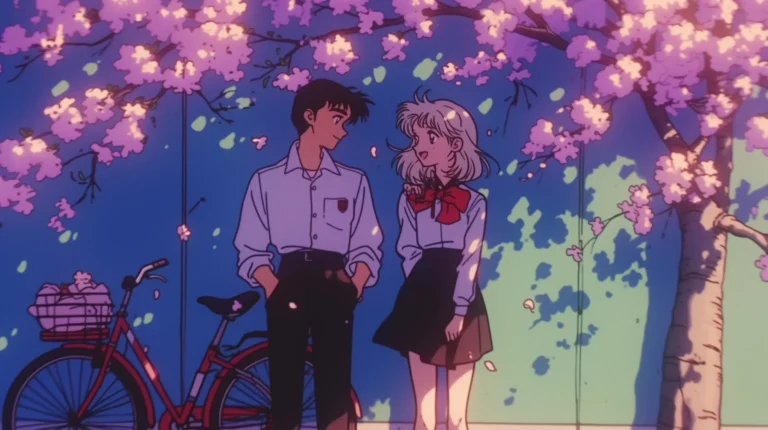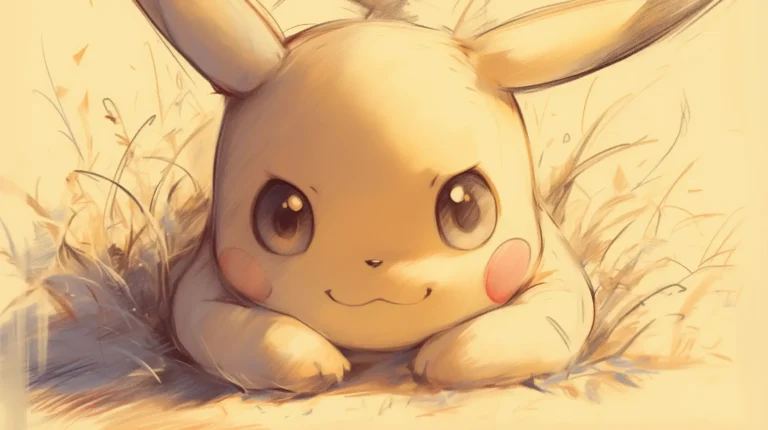When it comes to the world of anime, one of the key factors that sets one series apart from another is its art style. Just as every show has a unique storyline, the best anime styles grab our attention through their distinct visual elements, instantly recognizable by fans. With a multitude of genres and a vast array of talented creators, anime art styles are as diverse as they are captivating.
Over the years, we’ve been enchanted by the various anime art styles in our favorite series. From the iconic look of classics like Dragon Ball and One Piece to the newer, more experimental visuals found in shows like Madoka Magica, each style contributes to the overall atmosphere and charm of the anime.
In this article, we’ll delve into some of the most unique and memorable anime art styles, exploring what makes them stand out and why they hold a special place in the hearts of fans. Whether you’re a newcomer to the anime scene or a long-time aficionado, there’s always something new and exciting to discover about this ever-evolving art form.
What Defines an Anime Style
As fans of the best anime style, we know that there are many factors that contribute to creating an appealing and memorable visual experience. In this section, we delve into two key aspects that define an anime style: the influence of culture and understanding color schemes.
Influence of Culture
Anime originates from Japan, and it’s no surprise that Japanese culture plays a significant role in shaping its unique aesthetic. Traditional art forms, such as ukiyo-e and sumi-e, can be seen in many anime styles, bringing a rich cultural background to the table. Additionally, the influence of Western animation has also made its mark, integrating elements of the two cultures and creating an appealing blend that resonates with a global audience.
Furthermore, different anime styles often cater to different demographics, such as shōnen, shōjo, seinen, and josei. Each of these genres add their own distinct flavors, with varying emphasis on action, drama, friendship, and romance, giving birth to a wide variety of visual styles that can capture the hearts of fans across the world.
The Best Anime Style – Understanding Color Schemes
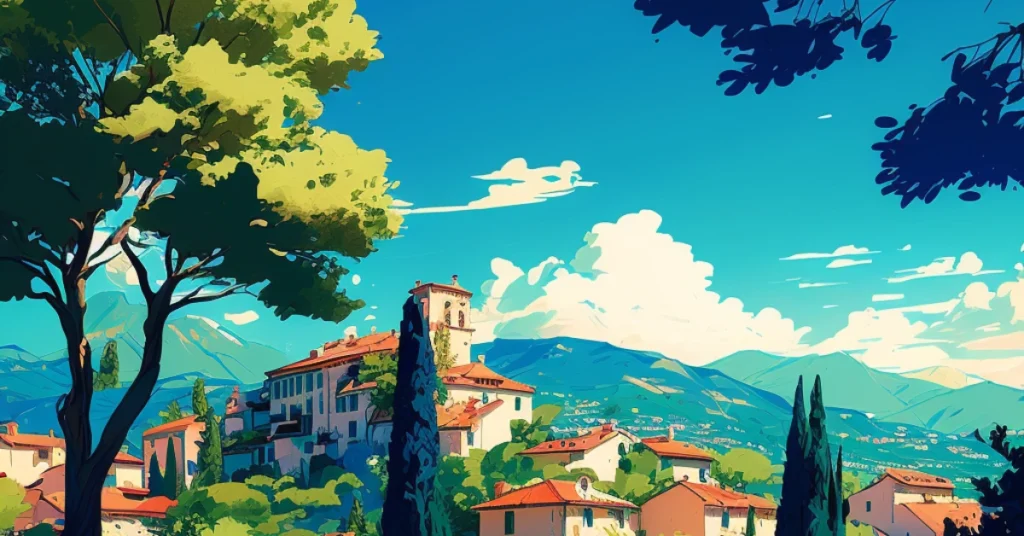
A key element that contributes to the best anime style is its use of color. The choice of color palette can set the entire mood and tone of a series. Bright, vibrant colors are often used in more upbeat and action-oriented series, while soft colors are favored in more calm and introspective shows. The effective use of colors can create unforgettable scenes, leaving a lasting impact on the viewer.
The contrasting tones within a color palette are also essential in defining an anime’s visual style. High contrast between light and dark tones emphasizes drama and intensity, whereas subtler variations of color can evoke a sense of tranquility and peace. Moreover, the harmonious combination of different colors can create visually appealing artwork that captivates the eyes.
Both culture and color schemes play crucial roles in determining the best anime style. By combining aspects of Japanese and Western art with a keen understanding of how colors influence the viewer’s experience, anime creators can continue to produce visually stunning and engaging works of art.
Dissecting Different Anime Art Styles
As fans of anime, we often debate the best anime style and which ones have the greatest impact. In this section, we delve into some of the fundamental anime art styles that uniquely define various genres and captivate us. To help you better understand, we’ll dissect four key sub-style groups: Shonen, Seinen, Shojo & Josei, and Kodomo & Moe.
Shonen Style
Shonen anime predominantly targets younger males and is characterized by energetic and action-packed storylines. The art style in shonen anime typically features bold lines, vibrant colors, and dynamic poses. Many of the classic shonen art styles embody an essence of adventure and camaraderie, making them popular among fans. Examples of shonen anime include One Piece, Naruto, and Dragon Ball Z.
Seinen Style
Seinen anime, on the other hand, is targeted towards an older male audience and often named as the best anime style. It emphasizes more mature themes and often incorporates darker elements. Seinen’s art style is more detail-oriented and somewhat grounded in realism, especially in character designs and environments. The complexity of seinen art style reflects the show’s multifaceted narratives and themes, such as psychological dramas or thought-provoking philosophies. Ghost in the Shell, Berserk, and Cowboy Bebop are some examples of renowned seinen anime.
Shojo and Josei Styles
Shojo and Josei are two anime styles that share similarities and target female audiences. Shojo anime focuses on themes like romance, friendship, and personal growth, appealing to teenage girls. The shojo art style features a softer, more delicate approach, with gentle lines and pastel colors that perfectly capture the emotions involved. Sailor Moon and Cardcaptor Sakura are examples of classic shojo anime.
Josei, similar to seinen, targets a slightly older female audience and explores more adult themes, such as love, work, and life’s complexities. The art style is mature and refined, balancing the attractive elements of the shojo style with a more cultivated touch. Examples of josei anime include Nodame Cantabile and Chihayafuru.
Kodomo and Moe Styles
Lastly, we have Kodomo and Moe styles. Kodomo anime targets a younger audience, often children under 12. The art style is simplistic and endearing, making it easy for kids to relate to and understand. Examples of kodomo anime include Doraemon and Pokémon.
Moe anime is characterized by the portrayal of cute and adorable characters in a visually appealing style. The moe anime style emphasizes expressive eyes, petite body frames, and youthful features. The endearing nature of these characters often evokes an emotional connection with the audience. Examples of moe anime are K-On! and Lucky Star.
Anatomy and Proportions in Anime
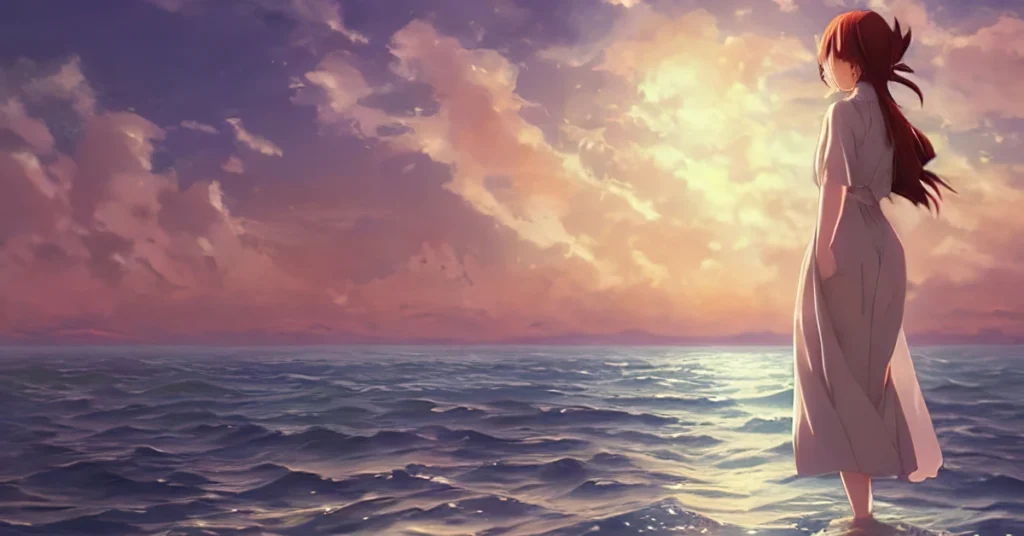
When creating characters in the best anime style, it’s important to consider anatomy and proportions. Anime characters typically have stylized features and unique proportions that differentiate them from more realistic character designs. In the following paragraphs, we will discuss how to achieve thin appearances, balance proportions, and maintain a sense of realism in your human characters.
In the world of anime, characters often possess exaggerated and thin body types, which adds to the overall aesthetic of the style. While this look is intentionally unrealistic, it’s a defining characteristic that separates anime from other types of art. However, even within this stylized context, it’s crucial to maintain a sense of balance and accurate anatomy. This is done by keeping certain body parts, like limbs and necks, proportional to other body elements like the torso.
One helpful way to achieve proper proportions in anime is by utilizing a technique known as the “head-to-body ratio.” This method involves sizing other body parts in relation to the character’s head. For example, some artists might use a 1:6 ratio for adult characters, meaning the body would be six times the size of their head. Experimenting with different ratios will help you find the right balance between stylization and realism in your character designs.
As for anatomy, it’s important to remember that despite the larger-than-life appearance of many anime characters, they should still follow some basic rules of human anatomy. This means that joints, bones, and muscle structures should be consistent with real-life human reference points. Familiarizing yourself with human anatomy will make it easier to create visually appealing and believable characters.
When aiming for a more realistic approach in your anime character design, you can also focus on making facial expressions and features less exaggerated. Creating characters with more natural proportions and subtler expressions will help enhance both the authenticity and relatability of your anime human characters.
In conclusion, a successful anime character design combines both stylization and realism. By understanding how to properly utilize proportions, maintaining accurate anatomy, and experimenting with different levels of realism in your facial features and expressions, you can create visually engaging characters that contribute to the overall appeal of the best anime style. Remember to strike the right balance between the two, so your characters come to life with their own unique and captivating charm.
Unique Character Designs
As fans of the best anime style, we appreciate the amazing character designs that make each series stand out. Unique character designs, especially in terms of styling and hairstyles, as well as costume and fashion, play a significant role in enhancing the visual experience and reflecting the personality of each character. In this section, we’ll discuss these aspects and their importance in anime.
Styling and Hairstyles
The first thing that often grabs our attention in an anime character is their hairstyle. In the world of anime, hairstyles come in all shapes, colors, and sizes, often breaking the boundaries of reality. Whether it’s spiky and gravity-defying like Goku from Dragon Ball Z, sleek and eye-catching like Yato from Noragami, or wild and multicolored like Yugi from Yu-Gi-Oh!, a character’s hairstyle is a reflection of their personality and role in the story.
These unique hairstyles not only make the characters memorable but also help us get a sense of their character traits. For example, a character with a laid-back and messy hairstyle might give off a carefree vibe, while a character with a perfectly kept hairdo might signal a more organized and disciplined personality.
Costume and Fashion
When it comes to the best anime style, an interesting and appealing character design also includes the costume and fashion choices of the characters. The way characters dress often provides cues about their social status, occupation, or personal tastes. From traditional kimono-clad characters like Kenshin from Rurouni Kenshin to futuristic space gear like in Cowboy Bebop, anime offers a vast array of clothing styles to support their diverse settings and stories.
An excellent example of costume design is the Soul Society arc in Bleach, where each Soul Reaper wears a distinct black shihakusho uniform that showcases their rank and individuality while maintaining unity within their organization. Another great example is the intricate and detailed outfit designs in Revolutionary Girl Utena, which feature Victorian-inspired fashion with personalized touches that suit the characters’ personalities.
In conclusion, unique character designs, including hairstyles and costume choices, are essential elements in the best anime style. They not only enhance the visual appeal but also provide insights into the characters and the world they inhabit.
The Best anime style – The Role of Emotions and Personality
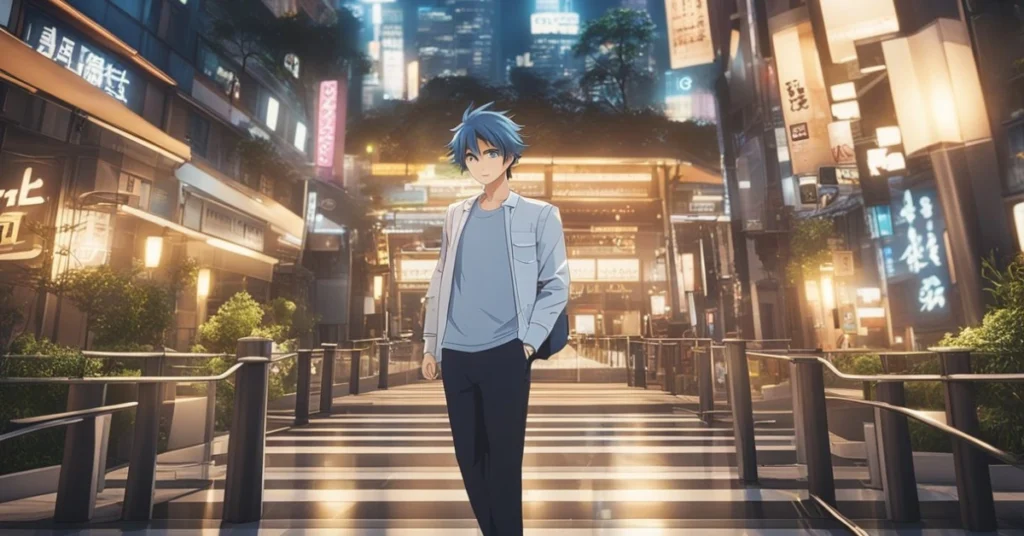
In the world of the best anime style, emotions and personality play a crucial role in creating multi-layered, relatable, and thought-provoking characters. These elements not only add depth to the story, but also allow us to connect with the characters, their struggles, and growth throughout the series. In this section, we’ll delve into the importance of emotions, pain, and personality in shaping the best anime style.
When it comes to emotions, anime has a unique way of expressing them, often using distinct visual cues and artistic styles to portray the feelings of the characters. This can range from subtle facial expressions, like a slight blush when a character is embarrassed, to more exaggerated and iconic reactions, such as tears streaming down a character’s face when they’re sad or in pain. These visual portrayals of emotions not only intensify the viewers’ emotional connection to the story but also create memorable and impactful scenes.
Pain is another crucial aspect that contributes to the best anime style. It brings a sense of realism and gravity to the story, whether it’s physical or emotional pain. By showcasing the characters’ suffering and their ability to overcome their pain, anime creators can develop deep, emotionally resonant narratives. For example, in some series like Steins; Gate, we see the characters struggle with the consequences of their actions, allowing us to empathize with their pain and root for their triumphant moments. This display of pain and resilience adds emotional depth and makes anime characters more relatable to the audience.
Personality is another key component in the best anime style, as it gives life to characters and shapes their interactions within the story. Unique personalities can create engaging dynamics between characters, make them memorable, and contribute to their development throughout the series. The use of tropes, such as the cold, emotionless individual who eventually shows their softer side, adds complexity to characters and creates opportunities for growth and change.
In conclusion, emotions, pain, and personality are vital aspects that contribute to the best anime style. They not only create characters and storylines that resonate with viewers, but also make the world of anime a rich, compelling, and emotionally satisfying experience.
The Best Anime Style – Special Art Styles
When it comes to the best anime style, there are several special art styles worth mentioning. Let’s take a closer look at some of these unique approaches to creating captivating anime, covering Manga, Big Eyes Style, Cartoonish Style, Realistic Style, and CGI in Anime.
Manga
Manga is the original source material that many anime series and movies are based on. This style typically features black-and-white illustrations with detailed facial expressions, intricately-designed settings, and dramatic panel layouts. While manga has its own distinct look, its influence can be seen in various anime styles, as artists adapt the visual elements into dynamic, colorful animations.
Big Eyes Style
The Big Eyes Style is a prominent characteristic of many anime characters. This approach features characters with large, expressive eyes that can convey emotions and often emphasize their innocence or vulnerability. This art style is often seen in works like Sailor Moon, Cardcaptor Sakura, and other magical girl series, where the characters’ big eyes help bring their personalities to life.
Cartoonish Style
The Cartoonish Style is another popular art style in anime that simplifies character designs and leans more toward comedic or light-hearted storytelling. This approach utilizes exaggerated features, simplified backgrounds, and vibrant colors to create a fun, engaging atmosphere. Examples of this style can be seen in anime like Crayon Shin-chan, Chibi Maruko-chan, and Doraemon, where the emphasis is on humor and delivering a charming experience for viewers.
Realistic Style
On the opposite end of the spectrum, the Realistic Style strives for a more lifelike representation of characters, settings, and objects. This art style often features careful attention to detail, accurate anatomy, and complex lighting to create a sense of depth and dimension. Realistic anime can be seen in works like Ghost in the Shell, Monster, and Cowboy Bebop, where a more serious tone and mature themes are explored.
CGI in Anime
Finally, CGI (Computer Generated Imagery) has become more prevalent in anime as technology has advanced. This approach allows artists to create visually stunning scenes, dynamic camera work, and intricate 3D models that can enhance the storytelling experience. Some notable examples of CGI in anime include the well-known Attack on Titan, Land of the Lustrous, and Ajin. Although some fans prefer traditional 2D animation, CGI continues to push the boundaries of what’s possible in anime art styles.
Our Thoughts on the Best Anime Style
As anime enthusiasts, we have explored various styles in order to determine what we believe to be the best anime style. While it’s important to note that individual preferences play a significant role in determining what’s considered the “best anime style,” we’ve compiled our thoughts on some notable styles.
Chibi Anime Style is often characterized by its cute, small, and round characters. They’re endearing and appealing, especially to younger audiences or those who enjoy light-hearted stories. Chibi is fun and expressive, but might not be for everyone as it is mostly used in comedy and slice-of-life genres.
Shounen Anime Style is typically associated with action-packed stories for young male audiences. It incorporates bold lines, detailed character designs, and dynamic movements. This style is found in popular series like Naruto, One Piece, and Bleach. Its wide appeal and engaging visuals make it a strong contender in the anime world.
Kawaii Anime Style emphasizes bright colors and adorable character designs to create a “cute” atmosphere. This style is often used in slice-of-life and comedy genres. While it may not be everyone’s favorite, it creates an enjoyable and heartwarming viewing experience for many fans.
Realistic Anime Style offers a more grounded, mature approach to character designs and storytelling. It can be found in works like Ghost in the Shell, Akira, and Cowboy Bebop. This style caters to those who seek intricate details and a more serious tone.
In the end, choosing the best anime style comes down to personal taste. There is no definitive answer, as the beauty of anime lies in its diversity – there’s something for everyone to explore and enjoy. Jump into the world of anime and discover which style resonates the most with you! Open yourself up to new genre experiences and always appreciate the artistic flair each style brings to the table.
FAQ – Best Anime Style
What is the best Anime Style?
The “best anime style” is a topic of much debate among fans and critics alike. While some argue that the classic, exaggerated features represent the best anime style, others believe that more modern or realistic depictions hold that title. Throughout the years, various series have been lauded for having the best anime style, showcasing the vast range and versatility of artistic expression within the medium.
What is the most popular art style for anime?
The most popular art style for anime often features characters with large, expressive eyes, exaggerated facial expressions, and distinct, vibrant color palettes. The style, rooted in the works of Osamu Tezuka and the influence of early shojo manga, has become iconic and widely recognized globally, is often mentioned as the best anime style. Over the years, while various sub-genres and styles have emerged, this classic look remains a dominant and influential aesthetic in the anime world.
What is realistic anime style?
Realistic anime style refers to a subgenre of anime where characters and settings are depicted with a higher degree of realism and detail compared to the traditional exaggerated features. This style often includes more lifelike proportions, intricate facial expressions, and detailed backgrounds. It aims to bring a sense of authenticity and relatability to the animated world.
What do you think is the best anime style? Let us know in the comments?

